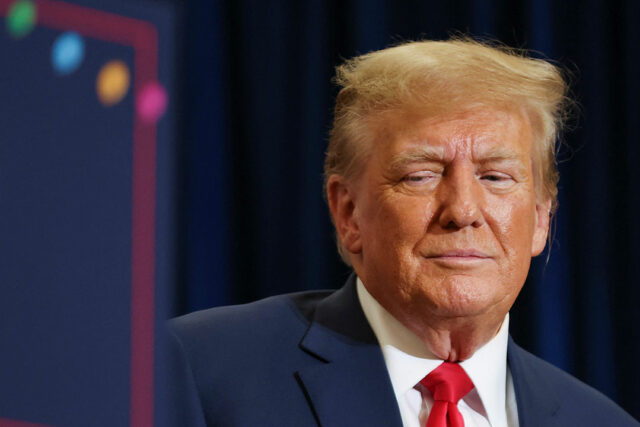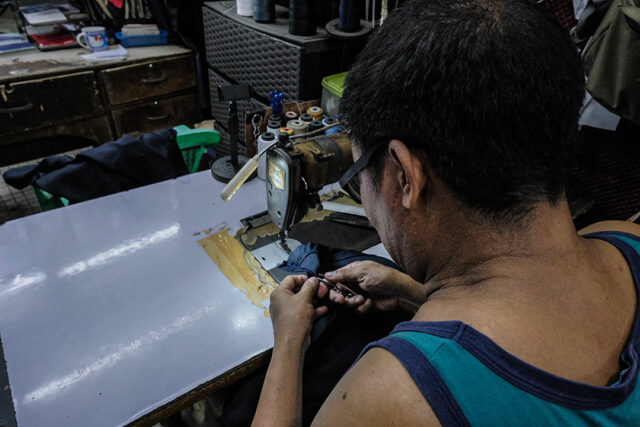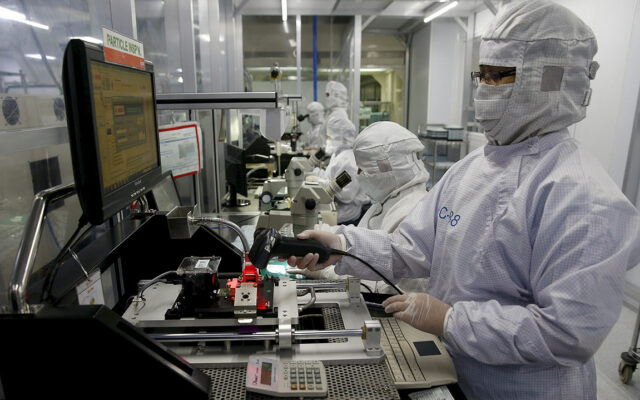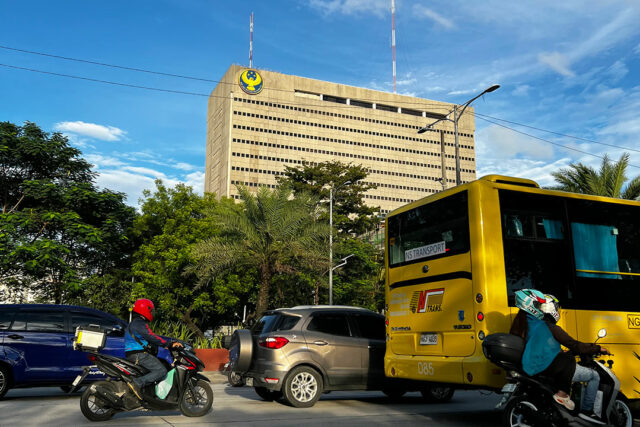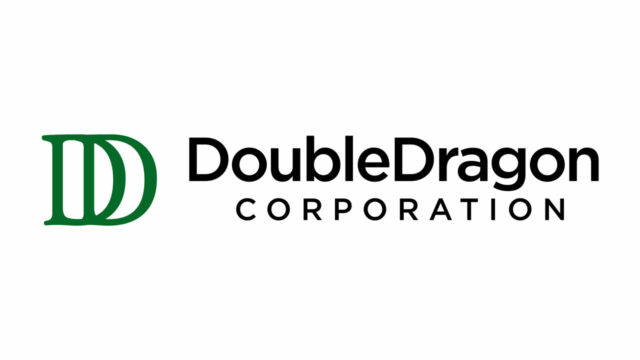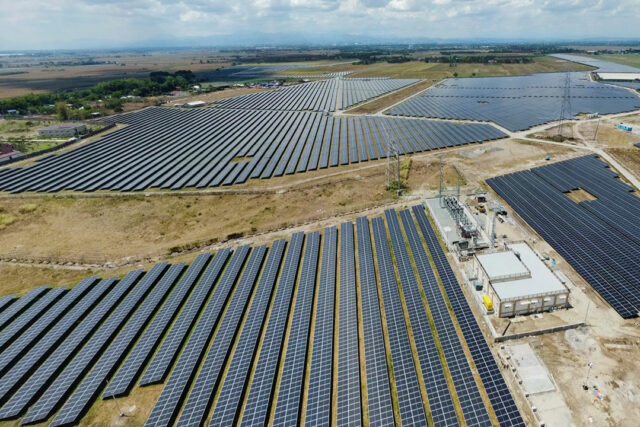WASHINGTON – The US Supreme Court ruled on Monday that Donald Trump cannot be prosecuted for actions that were within his constitutional powers as president in a landmark decision recognizing for the first time any form of presidential immunity from prosecution.
The justices, in a 6-3 ruling authored by Chief Justice John Roberts, threw out a lower court’s decision that had rejected Mr. Trump’s claim of immunity from federal criminal charges involving his efforts to undo his 2020 election loss to Joe Biden. The six conservative justices were in the majority, while its three liberal members dissented.
Mr. Trump is the Republican candidate challenging Mr. Biden, a Democrat, in the Nov. 5 US election in a 2020 rematch. The Supreme Court’s slow handling of the case and its decision to return key questions about the scope of Mr. Trump’s immunity to the trial judge to resolve make it improbable he will be tried before the election on these charges brought by Special Counsel Jack Smith.
“We conclude that under our constitutional structure of separated powers, the nature of presidential power requires that a former president have some immunity from criminal prosecution for official acts during his tenure in office,” Mr. Roberts wrote.
Immunity for former presidents is “absolute” with respect to their “core constitutional powers,” Mr. Roberts wrote, and a former president has “at least a presumptive immunity” for “acts within the outer perimeter of his official responsibility,” meaning prosecutors face a high legal bar to overcome that presumption.
In remarks at the White House, Mr. Biden called the ruling “a dangerous precedent” because the power of the presidency will no longer be constrained by the law.
“This nation was founded on the principle that there are no kings in America … no one is above the law, not even the president of the United States,” added Mr. Biden, speaking hours after one of his campaign officials said the ruling makes it easier for Mr. Trump “to pursue a path to dictatorship.”
The ruling could scuttle parts of the special counsel’s case as US District Judge Tanya Chutkan mulls the breadth of Mr. Trump’s immunity.
In recognizing broad immunity for Mr. Trump, Mr. Roberts cited the need for a president to “execute the duties of his office fearlessly and fairly” without the threat of prosecution.
“As for a president’s unofficial acts,” Mr. Roberts added, “there is no immunity.”
Mr. Trump hailed the ruling in a social media post, writing: “BIG WIN FOR OUR CONSTITUTION AND DEMOCRACY. PROUD TO BE AN AMERICAN!”
Mr. Trump, 78, is the first former US president to be criminally prosecuted and the first former president convicted of a crime. Mr. Smith’s election subversion charges embody one of the four criminal cases Mr. Trump has faced.
The court analyzed four categories of conduct contained in the indictment. They are: his discussions with US Justice Department officials following the election; his alleged pressure on then-Vice President Mike Pence to block congressional certification of Mr. Biden’s win; his alleged role in assembling fake pro-Trump electors to be used in the certification process; and his conduct related to the Jan. 6, 2021, attack on the US Capitol by his supporters.
The outcome gave Mr. Trump much of what he sought but stopped short of allowing absolute immunity for all official acts, as his lawyers had advocated. Instead the court specified that actions within the president’s “exclusive sphere of constitutional authority” enjoy such a shield, while those taken outside his exclusive powers are only “presumptively immune.”
The court found Mr. Trump was absolutely immune for conversations with Justice Department officials. Mr. Trump is also “presumptively immune” regarding his interactions with Mr. Pence, it decided, but returned that and the two other categories to lower courts to determine whether Trump has immunity.
The ruling marked the first time since the nation’s 18th century founding that the Supreme Court has declared that former presidents may be shielded from criminal charges in any instance. The court’s conservative majority includes three justices Mr. Trump appointed.
The court decided the case on the last day of its term.
‘PRESIDENT IS NOW A KING’
Justice Sonia Sotomayor, joined by fellow liberal Justices Elena Kagan and Ketanji Brown Jackson, delivered a sharply worded dissent, saying the ruling effectively creates a “law-free zone around the president.”
“When he uses his official powers in any way, under the majority’s reasoning, he now will be insulated from criminal prosecution. Orders the Navy’s Seal Team 6 to assassinate a political rival? Immune. Organizes a military coup to hold onto power? Immune. Takes a bribe in exchange for a pardon? Immune. Immune, immune, immune,” Ms. Sotomayor wrote.
“In every use of official power, the president is now a king above the law,” Ms. Sotomayor added.
Mr. Trump’s trial had been scheduled to start on March 4 before the delays over the immunity issue. Now, no trial date is set. Trump made his immunity claim to the trial judge in October, meaning the issue has been litigated for about nine months.
‘THUMB ON THE SCALE’
UCLA School of Law professor Rick Hasen, a critic of Mr. Trump’s efforts to overturn his election defeat, said: “The Supreme Court has put out a fact-intensive test on the boundaries of the president’s immunity – with a huge thumb on the scale favoring the president’s immunity – in a way that will surely push this case past the election.”
“Sorting out the court’s opinion and how it applies is going to take a while,” Georgetown University law professor Erica Hashimoto added. “No chance of a pre-election trial.”
The Supreme Court made two other rulings this year beneficial to Mr. Trump. In March, it reinstated Trump to the presidential primary ballot in Colorado. And last week, it raised the legal bar for prosecutors pursuing obstruction charges in Smith’s election subversion case against Trump and defendants involved in the Capitol attack.
In the special counsel’s August 2023 indictment, Mr. Trump was charged with conspiring to defraud the United States, corruptly obstructing an official proceeding and conspiring to do so, and conspiring against the right of Americans to vote. He has pleaded not guilty.
Ms. Sotomayor wrote on Monday: “Relying on little more than its own misguided wisdom about the need for bold and unhesitating action by the president, the court gives former President Trump all the immunity he asked for and more.”
In a separate case brought in New York state court, Mr. Trump was found guilty by a jury in Manhattan on May 30 on 34 counts of falsifying documents to cover up hush money paid to a porn star to avoid a sex scandal before the 2016 election. Trump also faces criminal charges in two other cases. He has pleaded not guilty in those and called all the cases against him politically motivated.
Not since its landmark Bush v. Gore decision, which handed the disputed 2000 US election to Republican George W. Bush over Democrat Al Gore, has the Supreme Court played such an integral role in a presidential race.
If Mr. Trump regains the presidency, he could try to force an end to the prosecution or potentially pardon himself for any federal crimes. – Reuters


